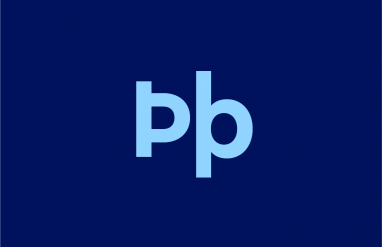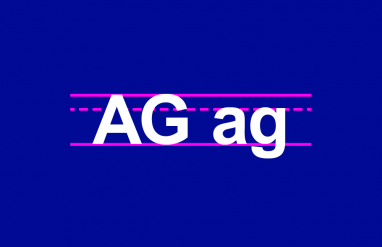If you’re reading this right now, someone taught you how. But that was a long time ago, and you probably don’t remember your teachers carefully guiding you through the learning process at the start of your school career. Even if you do remember, the way students learn to read today is probably somewhat different than how you were taught.
You might be looking for a way to help support your emerging reader at home. Reading every day with them is a great start. But it can also help to be on the same page as your child’s teachers.
This can seem a little daunting because modern reading strategies are a bit jargon-y. To help you help your child … but really you 😉, we’ve put together a list of some of the common terms you may come across in early reading lessons. Once you break down these ideas, they’re not nearly as daunting as they seem … just like learning how to read.






















